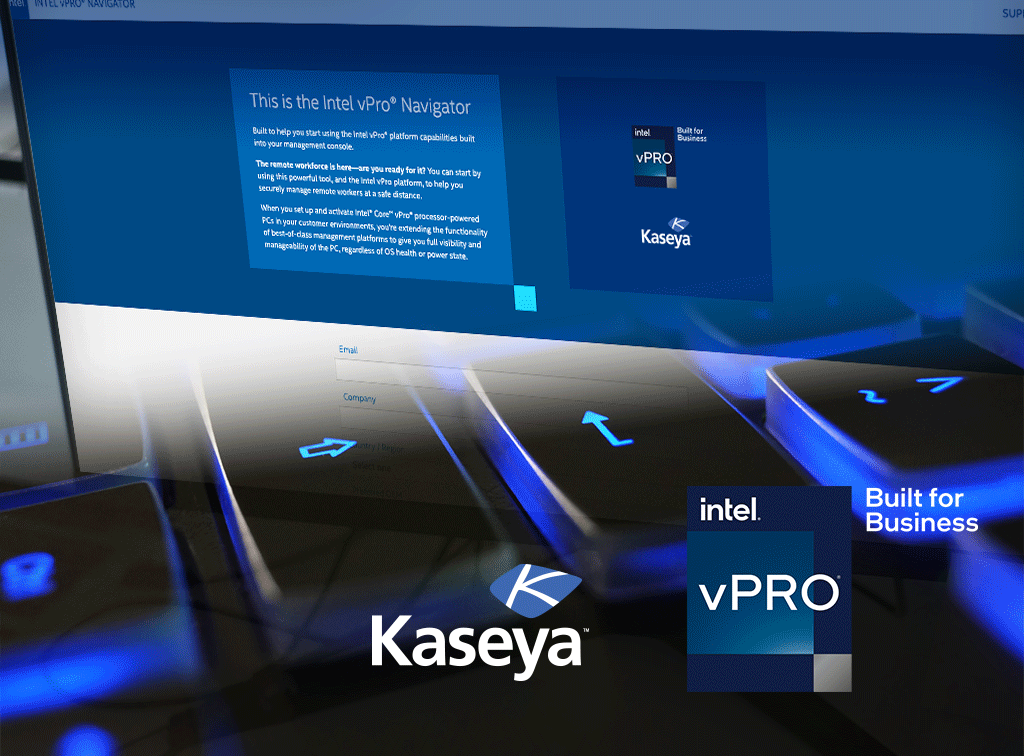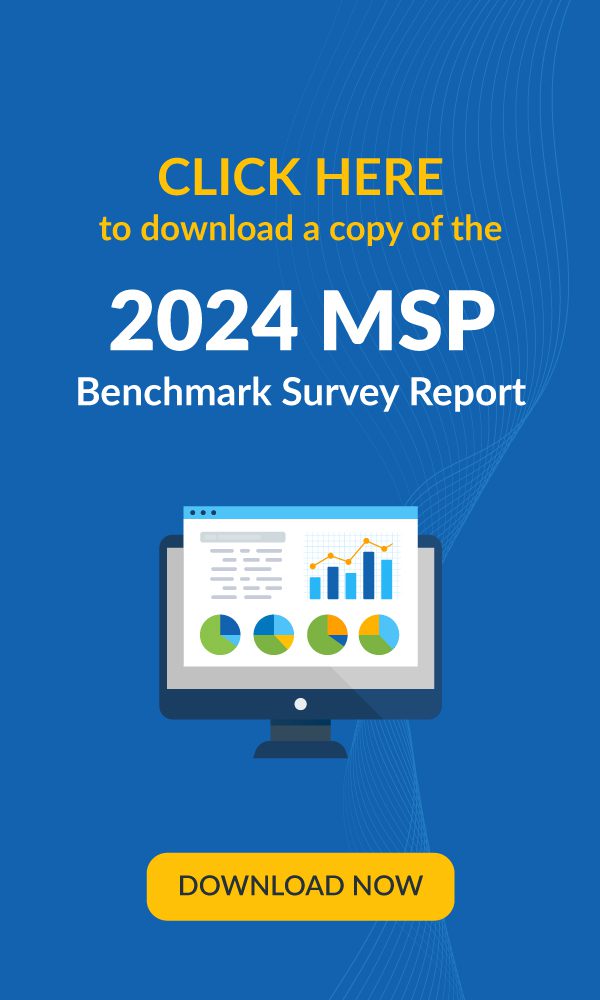Silicon Valley is the number one ecosystem for startups, churning out many new applications every day. However, none of them can operate in silos. A successful software application often has to integrate and share data with other applications.
What Is Workflow?
A workflow is a series of event-triggered tasks or actions to produce the desired outcome. These actions are performed by people, applications and machines.
IT professionals frequently use multiple IT management applications in workflows, which sometimes involves switching back and forth between applications. They may also move data from one app to another during the process of completing a task. This leads to less-than-desirable results, which in turn leads to lower productivity and costly human errors.
Workflow integration empowers IT pros to operate more efficiently across multiple tools and get the job done faster.
What Is Workflow Integration?
Workflow integration connects one application with another, typically via their application programming interfaces (APIs), to make it easier to accomplish a task.
Once the applications are connected, it’s easier for people and data to move swiftly between applications, bolstering the efficiency of various business processes and saving time for IT professionals.
Workflow integrations are no longer just nice-to-have features. They are critical to the operational efficiency of a business. Multifunctional IT pros do not work with workflows that operate independently of other processes.
For instance, IT pros have found that’s it’s important to have workflow integrations between their Remote Monitoring and Management (RMM), PSA/help desk and IT documentation applications. Kaseya has developed several workflow integrations between VSA, BMS and IT Glue to streamline IT management.
Single Vendor vs. Multiple Vendor Approach
Workflow integrations from a single vendor or multiple vendors, which one is better?
| Single Vendor | vs. | Multiple Vendor |
|---|---|---|
| Truly seamless workflow integrations across multiple applications | Integration Quality | APIs allow reasonably good integrations between tools from different vendors |
Maintains tight integrations as and when new versions of the product are released | Maintenance | Struggles to maintain tight integrations as and when new versions of the product are released |
| Highly reliable | Reliability | Unpredictable as integration can break anytime |
| Uninterrupted flow of data within disparate applications | Data Flows | Data flow can be hindered from one application to another |
Types of Workflow Integrations
- API Integrations: An API integration is a connection between two or more applications, via their APIs, enabling data flow within the applications without human intervention. API integration is becoming increasingly popular due to the rise of cloud-based applications. It allows seamless data flow, drives productivity and revenue.
- Native Integration: A native integration happens when two applications provide direct integration with APIs. Native integration typically comes for free since it is baked into the total cost of ownership of the application.
- Third-Party Integration: Third-party integration involves the integration of two applications with different APIs into an existing workflow. Developers do not need to create a new application from scratch in this case. They can add an existing application to an ongoing project. For instance, Kaseya has a third-party integration with RapidFire that allows IT professionals to monitor IT infrastructure remotely while enforcing compliance.
The Importance of Workflow Integration
The integration of multiple application workflows hugely benefits businesses across all verticals in the following ways:
Facilitates a positive employee experience
IT pros are often forced to use multiple, poorly integrated IT applications to perform common tasks every day. That’s why it comes as no surprise that a staggering 55% suffer from work exhaustion due to job overload. Workflow integrations make it faster and easier to leverage different application functions by avoiding the need to switch to another user interface (UI).
Builds operational efficiency
Data silos and application switching are kryptonite to operational efficiency. IT pros that can take advantage of tools that have seamless workflow integrations can perform tasks more quickly and accurately. However, non-integrated workflows can result in human errors, which hinder operational efficiency. Integrated workflows also allow information from one application to be readily available in another app. This avoids time wasted looking for information and helps speed up task execution. This, in turn, speeds up critical processes, such as IT incident resolution, which reduces mean time to repair (MTTR) and increases system availability.
Seamless Workflow Integrations With Kaseya
Kaseya has a strong focus on seamless workflows across all of the products in its IT Complete suite of IT management solutions. Workflow integrations across RMM, PSA/Service Desk, IT Documentation, Backup and Disaster Recovery, and more, drive significant improvement in IT operational efficiency and operating cost reduction. This boosts profitability for Managed Service Providers (MSPs) and stretches the IT budget for internal IT teams.
“The way the three tools — VSA, BMS and IT Glue are integrated and work with one another gives our team a great toolset to boost efficiency and save time.”
– Larry Robertson, MERIT Solutions
IT Complete delivers seamless workflow integrations for revenue-generating solutions to drive MSP profitability and technician efficiency. It allows SMBs and IT teams to enjoy better allocation of budgets resources, enabling IT managers to do more with less.
Ultimately, the workflow integration offered by Kaseya eliminates the “space between” — the valuable time IT professionals waste moving between disparate applications.





